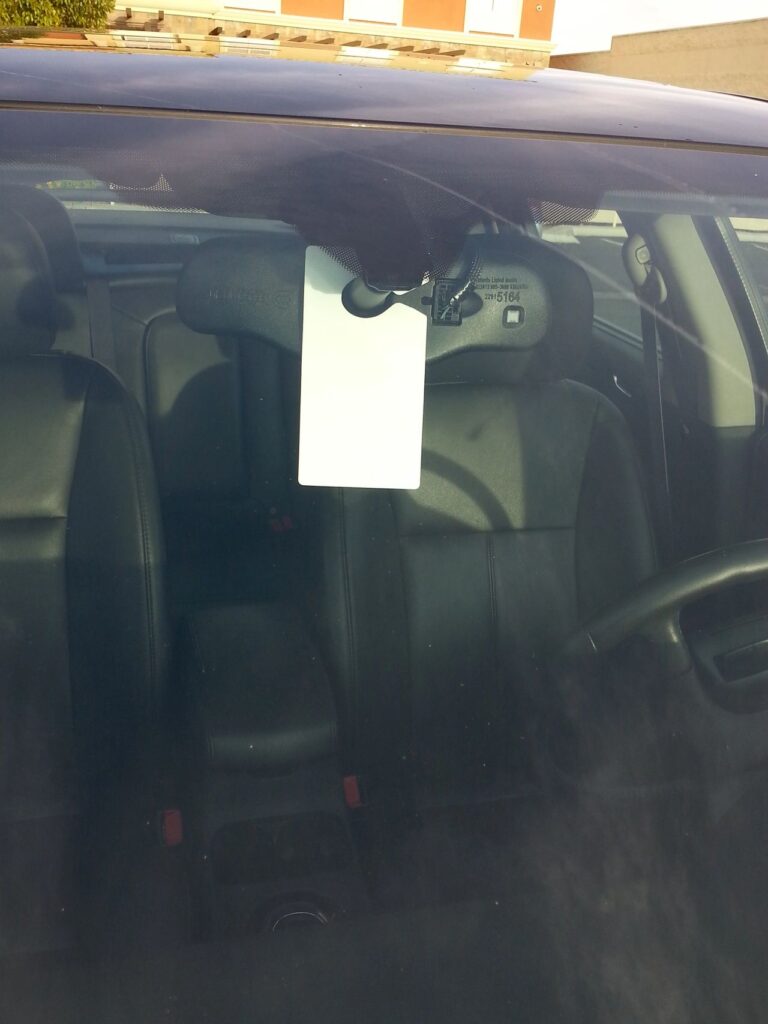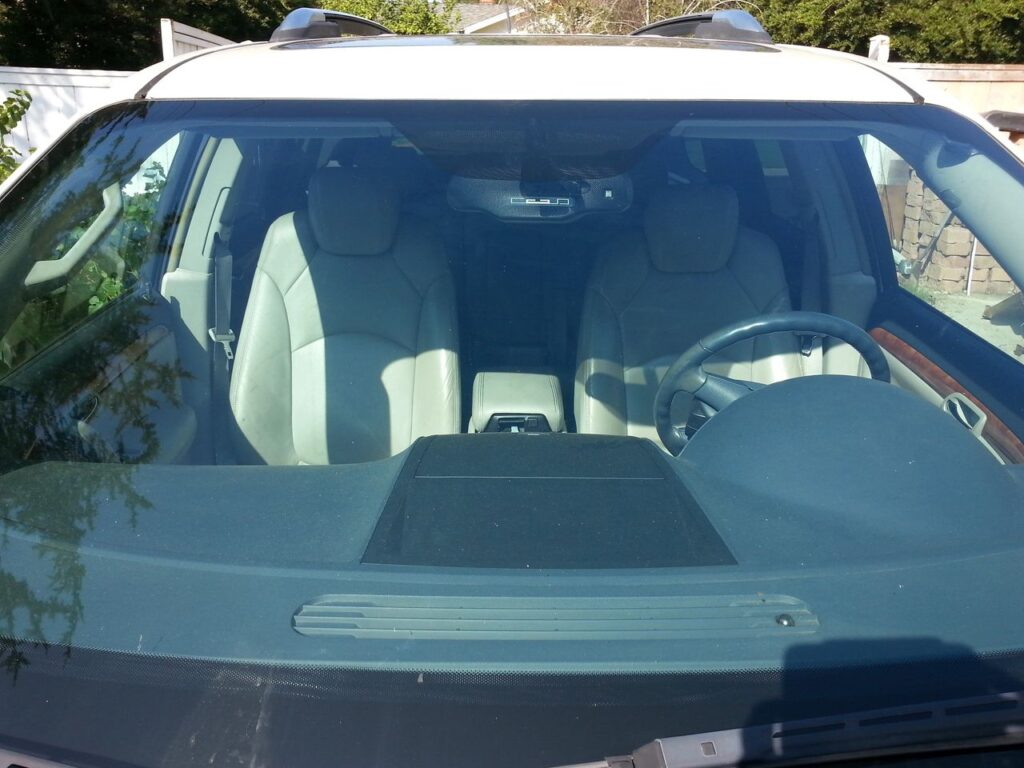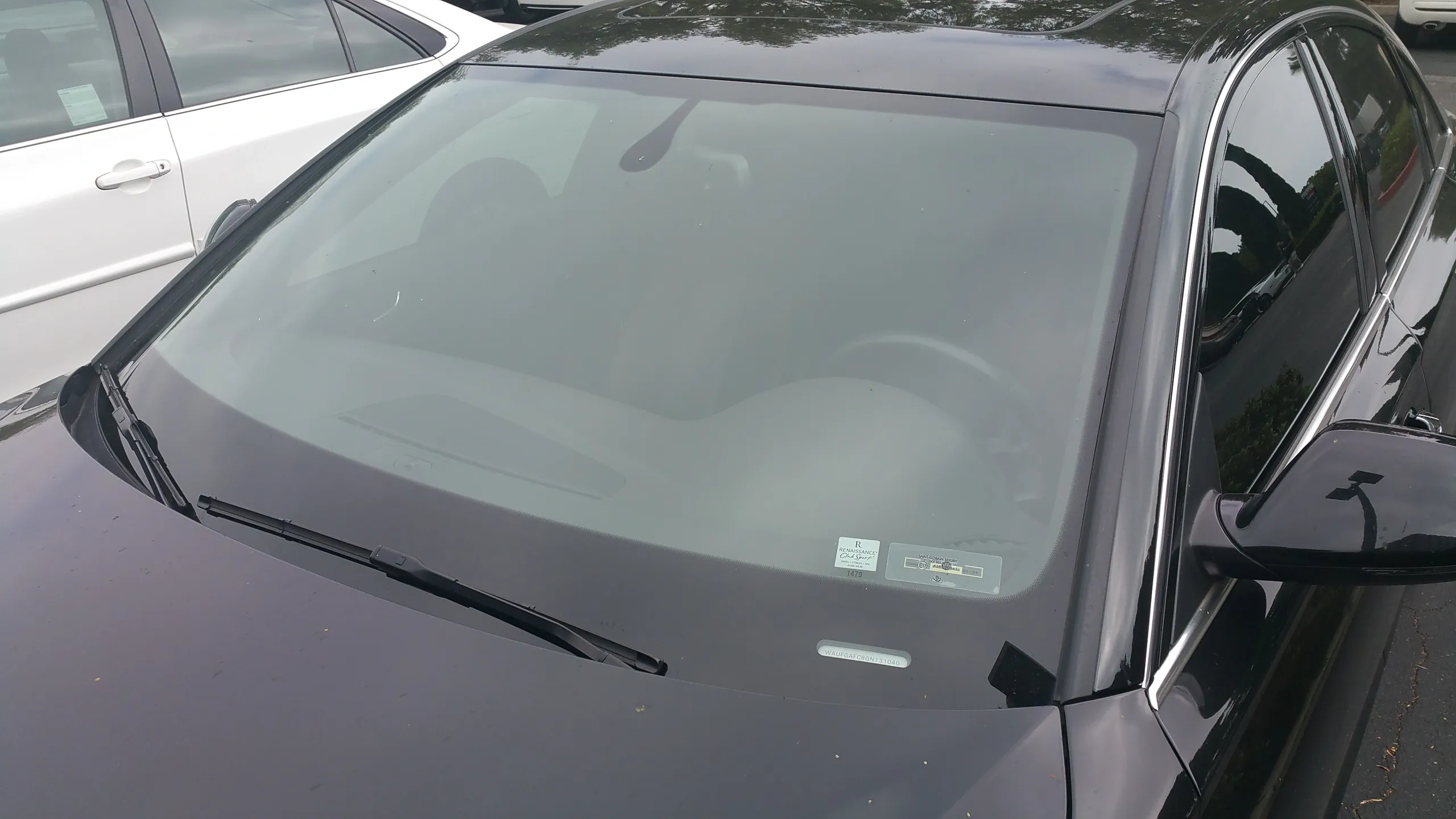Imagine you’re driving home after a long day. You approach the gate, and just like recognizing an old friend, it swings open—no fumbling for keys or awkward waits. Curious how? It’s not wizardry, but Radio Frequency Identification (RFID) technology at work.
These clever little windshield tags are like VIP passes for your car. Just cruise up to the gate, and voilà—it knows you’re one of the good guys and lets you in. It’s a game-changer in security smarts for neighborhoods big and small, turning what was once a hassle into something streamlined and simple.
These tags offer a secure method for managing access, transforming how property managers and communities ensure safety and convenience for their residents.
IN THIS ARTICLE
- RFID – Exploring the Tech Behind Secure Access
- Inside the RFID Ecosystem: Key Components Explained
- Seamless Access: A Step-by-Step Breakdown
- Weighing the Benefits and Drawbacks of RFID Windshield Tags
- Final Thoughts
RFID – Exploring the Tech Behind Secure Access
RFID technology might seem intricate with its wireless communications, yet it’s fundamentally a straightforward innovation aimed at enhancing security and convenience called ‘Near Field Communication’ (NFC).
The use of RFID extends from the 80s to present-day applications. You’ve most likely met this technology before: It’s hiding in your wallet on credit cards, in your workplace access cards, and the technology that allows your smartphone to make purchases in-store with apps like Google and Apple Pay.
Unpacking RFID Basics
At the heart of every RFID system are two critical components: The integrated circuit and the antenna.
The integrated circuit acts as the brain, storing and processing information, while the antenna plays the role of communicator, sending and receiving radio waves. Together, they create a tag that can communicate with an RFID reader without physical contact.
This tag, when applied to a vehicle’s windshield, review mirror, or headlights, can identify and grant access with an efficiency that feels almost magical.
Types of RFID Tags
RFID tags are split into two main categories: passive and active. Passive RFID Tags are the silent sentinels. They don’t have their own power source; instead, they draw energy from the sensor’s interrogation signal to transmit their data.
Perfect for short-range tasks, they’re a staple in residential security systems, offering a cost-effective, low-maintenance solution for access control.
Active RFID Tags, on the other hand, are the long-distance runners. Equipped with a power source, they can communicate over broader distances, making them ideal for situations where real-time tracking or extended range is essential.
Though not as commonly used in residential settings, their capabilities open up possibilities for more complex security applications.
Inside the RFID Ecosystem: Key Components Explained
When using RFID windshield tags, every vehicle gains a digital identity, simplifying access while bolstering security within residential communities.
This section sheds light on the intricate dance between technology and daily life, making secure access a seamless part of the day.
The Role of RFID Windshield Tags in Security
RFID windshield tags are pivotal in redefining access control systems. Embedded within these tags is the ability to communicate with gate access systems, allowing for automatic verification and entry without manual intervention.
For residents, it means no more fumbling for access cards or waiting in lines at the gate. Property managers benefit from an efficient, secure system that offers detailed insights into the comings and goings within the premises, enhancing both operational efficiency and security.
Sensors and RFID Readers
Imagine sensors and RFID readers as the gatekeepers of this sophisticated system. These devices work in tandem to detect and communicate with the RFID tags on vehicles.
The magic happens when a vehicle approaches the gate: The reader sends out a signal that activates the tag, which then responds with its unique identification data.
The strategic placement of these readers around the premises isn’t random; it ensures that every vehicle, regardless of its entry point, is accounted for, maintaining a secure perimeter.
Control Panels and Software
The brain of the operation resides within the control panels and software. This technology collects data transmitted by the RFID tags, processing and storing information in real time.
By integrating advanced software solutions, the system can make instant decisions about access permissions, track vehicle movements, and even predict and prevent security breaches.
This seamless integration not only bolsters security measures but also streamlines the management process, making it easier for property managers to maintain oversight and control.
Installation and Placement on Vehicles
Correct placement of RFID tags is crucial for optimal performance. Here are some guidelines to ensure your tag does its job effectively:

Image: Infinity RFID
- Windshield: A prime location offering a clear path for the tag’s signal to reach the reader.

Image: Infinity RFID
- Head Lamps: An alternative spot that can be equally effective, especially for certain vehicle designs and motorcycles.

Image: Infinity RFID
- Rearview Mirrors: Specifically, the ones mounted inside on the windshield, provide another discreet placement option for the tag.
Combining RFID tags with license plate recognition systems adds a layer of security, counteracting the potential for tags to be transferred between vehicles or RFID cloning.
Placing tags inside the vehicle, rather than on the exterior, further safeguards against unauthorized removal or tampering.
Seamless Access: A Step-by-Step Breakdown
The transition from traditional access methods to RFID windshield tags is a leap toward efficiency and security. Here’s how the process unfolds, ensuring every vehicle’s entry and exit is smooth and secure:
- Tag Allocation: Every vehicle is assigned an RFID tag containing a unique serial number. This tag serves as the vehicle’s digital identifier, distinct and secure.
- System Registration: The RFID tag’s serial number is registered within the community’s access control system. This step involves assigning specific permissions to the vehicle based on its role within the community. Whether it’s a resident’s car, a delivery van, or a guest’s vehicle, each tag is programmed with access rights tailored to its function.
- Tag Placement: The RFID tag is then strategically placed on the vehicle—usually on the windshield, headlamps, or mounted rear view mirror inside the vehicle. This ensures optimal communication between the tag and the gate’s RFID reader.
- Automated Access: When the vehicle approaches the community gate, the RFID reader scans the tag. The system immediately checks the tag’s serial number against its database. If the vehicle is recognized and authorized, the gate opens automatically, allowing seamless entry.
- Manual Verification for Unrecognized Vehicles: If a vehicle approaches the gate without an RFID tag or a tag not registered in the system, it won’t receive automatic access. Instead, these vehicles are redirected to undergo manual verification. This step is crucial for managing visitors or handling situations where an RFID tag might be missing or damaged.
This streamlined process not only enhances the security and efficiency of access control within residential communities but also elevates the overall resident experience by minimizing entry delays and maintaining strict access protocols.
Weighing the Benefits and Drawbacks of RFID Windshield Tags

Image: Infinity RFID
Windshield-mounted RFID systems offer an innovative and seamless approach to access control, merging ease of use with enhanced security measures.
However, like any technological solution, it has advantages and disadvantages. Before delving into the specifics, let’s explore how these tags work to streamline entry and exit for residents, and what considerations property managers must weigh when implementing this system.
Advantages
The RFID windshield tag system brings a suite of benefits that streamline residential security and access.
For residents, the convenience is unparalleled; applying the tag is as simple as sticking it onto the windshield. This technology liberates gate guards and concierge staff, allowing them to focus on more critical tasks.
Unlike key fobs or access cards, RFID tags are attached to the vehicle, drastically reducing the chances of being lost.
The system can also enhance overall security by providing detailed access logs, offering peace of mind to both residents and property managers. Another plus is the reduction of traffic bottlenecks at entry points, ensuring smooth access for authorized vehicles.
Disadvantages
However, no system is without its flaws. For communities hosting short-term visitors or utilizing services like Airbnb, managing temporary access can be cumbersome.
The potential for RFID tags to be cloned or stolen, although rare, does exist. Vehicle changes or damages necessitate reissuing tags, adding to administrative tasks.
Additionally, incorrect tag placement can lead to detection issues, particularly in conditions like heavy snowfall, impacting the system’s reliability.
Active vs Passive Tags
Active RFID tags, with their own power source, offer greater range and are ideal for situations requiring real-time tracking. However, they are more costly and larger, which might not be suitable for all residential settings.
Passive tags, on the other hand, are cost-effective and smaller but rely on readers for power, limiting their range. Choosing between them depends on the specific needs and scale of the residential community, balancing cost against functionality and convenience.
Final Thoughts
As we’ve delved into the world of RFID windshield tags, it’s evident that they’re more than just a tech trend—they’re revolutionizing how we keep our neighborhoods safe and running smoothly.
The ease with which these tags are assigned and set up is matched by their discreet yet efficient presence on your car.
This smart tech strikes a perfect harmony between beefing up security while offering residents and property managers a level of convenience that feels almost indulgent—a true testament to innovation serving community life.
Getting Started With RFID Windshield Tags and Access Control
For communities looking to adopt this cutting-edge technology, Proptia offers comprehensive access control systems equipped with RFID technology tailored for residential settings.
Whether you’re seeking to upgrade your security measures or enhance the resident experience, Proptia’s solutions are designed to meet your needs with precision and reliability.

